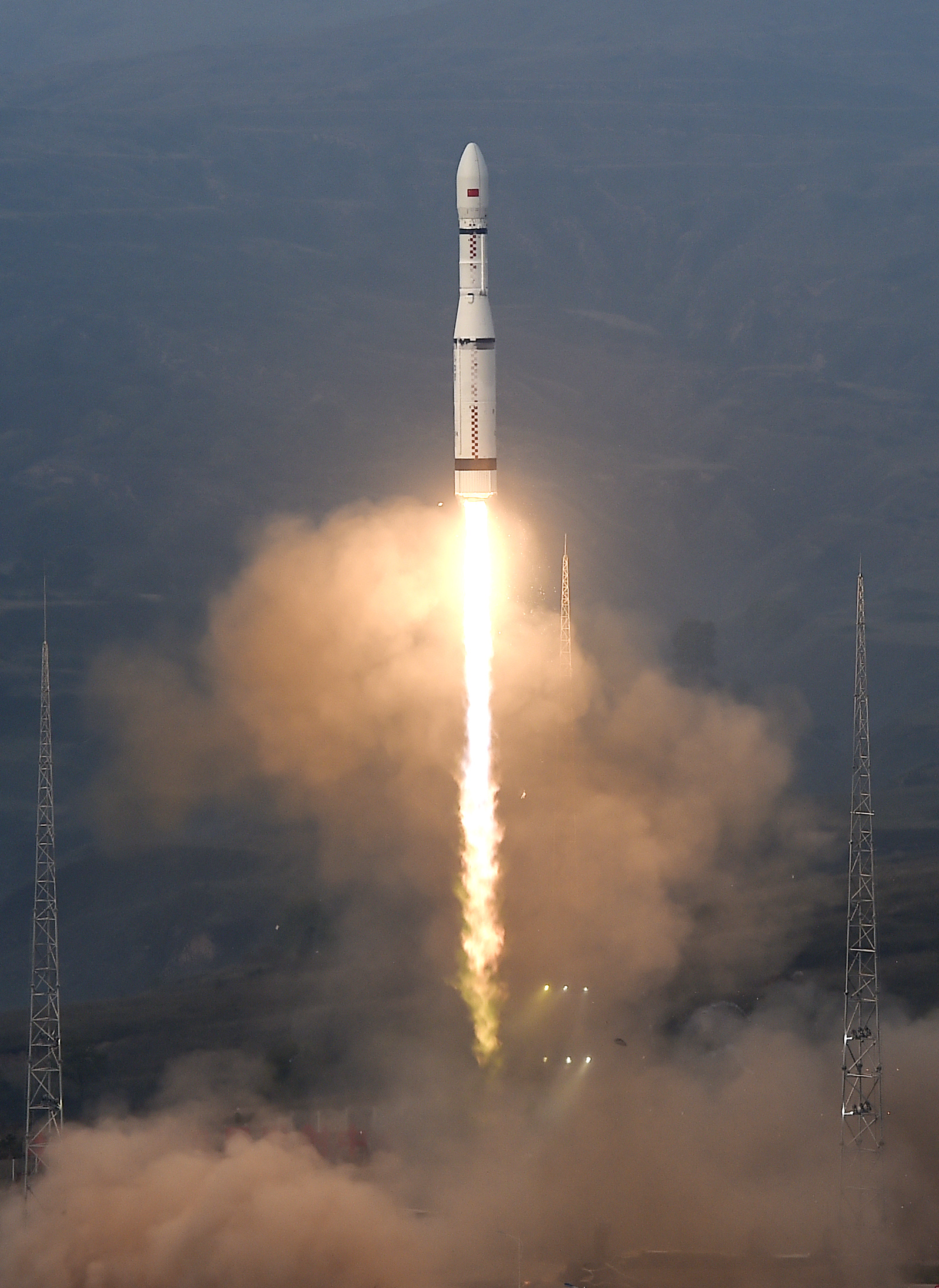It seems that just about every week the claims about how many MIRVed warheads Chinese missiles can carry grow by leaps and bounds. The latest reports have gone from ridiculous to embarrassing.
The hype
A story in the Oct. 5 South China Morning Post was titled “China unveils rocket capable of firing 20 nukes to defeat US missile shield.” It has already been picked up by the western press with the title “China Launches Powerful Long March 6 Rocket Capable of Carrying 20 Warheads.”
This is nonsense.
The reality
In a post I wrote earlier this year, I walked through the numbers on MIRVing. Here’s the bottom line:
Missiles have limits on how much weight they can carry. If you put more weight than that on them, they can’t go as far, just like the distance you can throw heavier and heavier rocks decreases.
This puts a strict limit on how many warheads China’s missiles can carry.
Unclassified U.S. estimates put the mass of China’s lightest nuclear warhead at about 500 kg, i.e., half a ton. And fortunately, once agreement on the text of Comprehensive Test Ban led to a moratorium on nuclear testing in the mid-1990s, China was stopped from being able to develop and test a lighter warhead.
In addition, the MIRVing mechanism (called a “bus” since it carries the warheads) weighs a lot. The bus is essentially an additional missile stage that maneuvers and releases the warheads on different trajectories so they can hit different targets. Long experience by the U.S. and Soviets/Russians shows that a useful MIRV bus weighs essentially as much as the combined weight of all the warheads it carries.
This all adds up fast: The mass of just 3 Chinese warheads and the MIRV bus would be about 3 tons. That’s all that China’s huge DF-5 ICBM can carry.
And it’s well over what China’s other missiles (DF-31, 31A, 41, etc.) can carry—they could carry 1 or maybe 2 warheads.
So often-repeated claims that these missiles can carry 10 current warheads simply aren’t credible.
Similarly, the new Long March 6 space launcher discussed in the press stories above can carry about a ton into orbit—which would be enough for 1 or 2 warheads but no bus if for some reason China used it as a ballistic missile.
Where did the “20 nuke” claim come from?
The recent news stories make the leap from saying the Long March 6 launcher carried 20 micro-satellites to suggesting it could also carry 20 nuclear warheads.
But the satellites it launched were tiny: 10 of them had masses of 3 kg or less, and the whole collection of 20 had a combined mass of only 268 kg—about half the mass of a single Chinese warhead (see list at the end of the post). This mass is more than 35 times smaller than the mass of 20 Chinese warheads.
The satellite dispenser is not a MIRV bus for warheads
The real concern implied by the press stories may be that the satellite dispenser that released these 20 satellites into slightly different orbits could be used on other Chinese missiles as a MIRV bus.
But as noted above, the Long March 6 can carry about a ton into orbit. On its recent launch, about a quarter of that total was the mass of the satellites (268 kg). So the dispenser could not have a mass of more than about 700-800 kg—otherwise the launcher couldn’t reach orbit. A MIRV bus with that small a mass could usefully carry at most 2-3 warheads.
So the new Chinese Long March 6 launcher could not carry 20 warheads—at most it could probably carry 2—and the dispenser used to release these satellite could not be used as a MIRV bus to launch a large number of warheads on this or any other rocket.
Bottom line
China may be doing things the U.S. and others see as threatening, but dealing with these issues calls for realistic assessments, not “the sky is falling” hysteria.


